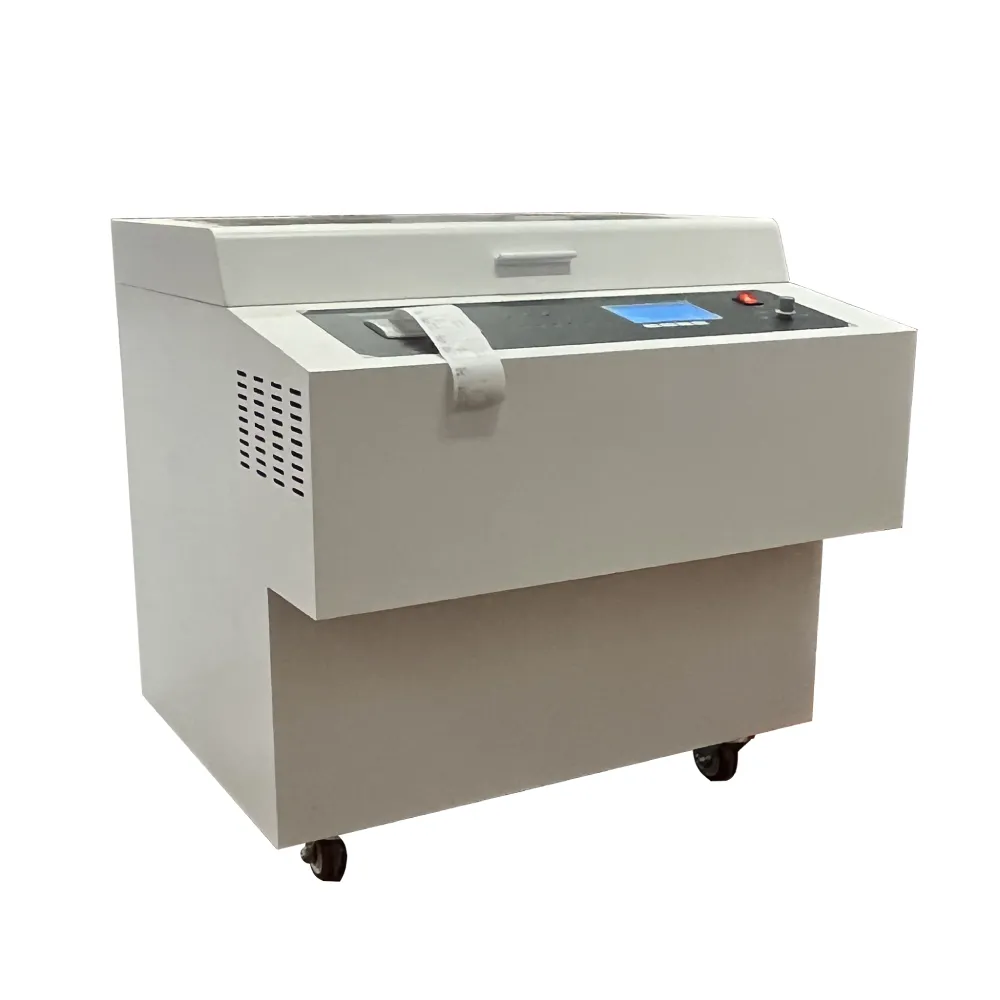 English
English


digital insulation tester
Understanding Digital Insulation Testers Essential Tools for Electrical Safety
In an era where electrical systems are ubiquitous in our daily lives, ensuring the safety and reliability of these systems is more critical than ever. One of the primary tools used for this purpose is the digital insulation tester. This device plays a vital role in measuring the quality of electrical insulation, thereby preventing electrical failures, fires, and potential hazards.
What is a Digital Insulation Tester?
A digital insulation tester, often referred to as an insulation resistance tester, is a specialized device designed to measure the resistance offered by insulation materials in electrical circuits. Insulation is essential for preventing current leaks, and the tester helps assess whether insulation is adequate for safe operation. By applying a specific high voltage, typically between 250V to 1000V, the tester evaluates the insulation resistance in megaohms (MΩ). A higher resistance value indicates better insulation, while lower readings may signal deteriorating insulation, which could lead to shorts or ground faults.
Why is Insulation Testing Important?
Electrical insulation can degrade over time due to various factors such as moisture, heat, mechanical stress, and environmental conditions. Regular insulation testing is crucial for several reasons
1. Safety Faulty insulation can lead to electrical shock, equipment damage, or fire hazards. By identifying weaknesses in insulation, technicians can address issues before they escalate. 2. Preventive Maintenance Regular testing helps facility managers and electricians predict potential failures, enabling them to perform necessary maintenance before problems arise. 3. Compliance Many industries are governed by strict safety regulations. Regular insulation testing ensures compliance with standards, protecting both personnel and equipment.
4. Operational Efficiency Proper insulation minimizes energy loss and improves system efficiency, resulting in cost savings over time.
Key Features of Digital Insulation Testers
When choosing a digital insulation tester, several features enhance its usability and effectiveness
- Display and Readability Digital testers typically have LCD displays, making it easy to read measurements, even in low-light conditions. - Measurement Range High-quality testers offer a wide range of measurement voltages and can test various insulation materials and thicknesses. Look for testers that offer multiple test voltages to accommodate different applications.
- Auto-Ranging This feature allows the tester to automatically select the appropriate range for the resistance measurement, simplifying the testing process.
digital insulation tester

- Data Logging and Storage Many modern devices can store measurement data for later analysis, which is beneficial for tracking insulation performance over time
.- Safety Features Insulation testers usually come with safety features such as overload protection and the ability to check circuits for live voltage before testing.
How to Use a Digital Insulation Tester
Using a digital insulation tester involves several straightforward steps
1. Preparation Ensure that the electrical circuit or equipment to be tested is de-energized. It’s crucial to eliminate any risks of electric shock.
2. Connect the Tester Attach the tester's leads to the circuit under test. Typically, one lead is connected to the conductor, while the other is connected to the ground or the insulated surface.
3. Select Voltage Choose the appropriate test voltage based on the insulation material and standards required for the test.
4. Perform the Test Activate the tester and allow it to measure the insulation resistance. The device will provide a reading that indicates the quality of the insulation.
5. Interpret Results Analyze the measurement. A high resistance value typically indicates good insulation, while a low value suggests insulation failure or degradation.
6. Document Findings Record the results for future reference and trend analysis.
Conclusion
A digital insulation tester is an invaluable tool for anyone involved in electrical maintenance, installation, or repair. By regularly assessing the quality of insulation, professionals can not only ensure compliance with safety standards but also protect personnel and equipment from potential hazards. Investing in a reliable digital insulation tester is a proactive step toward maintaining a safe and efficient electrical system, safeguarding both assets and the people who operate them.
-
Differences between open cup flash point tester and closed cup flash point testerNewsOct.31,2024
-
The Reliable Load Tap ChangerNewsOct.23,2024
-
The Essential Guide to Hipot TestersNewsOct.23,2024
-
The Digital Insulation TesterNewsOct.23,2024
-
The Best Earth Loop Impedance Tester for SaleNewsOct.23,2024
-
Tan Delta Tester--The Essential Tool for Electrical Insulation TestingNewsOct.23,2024





